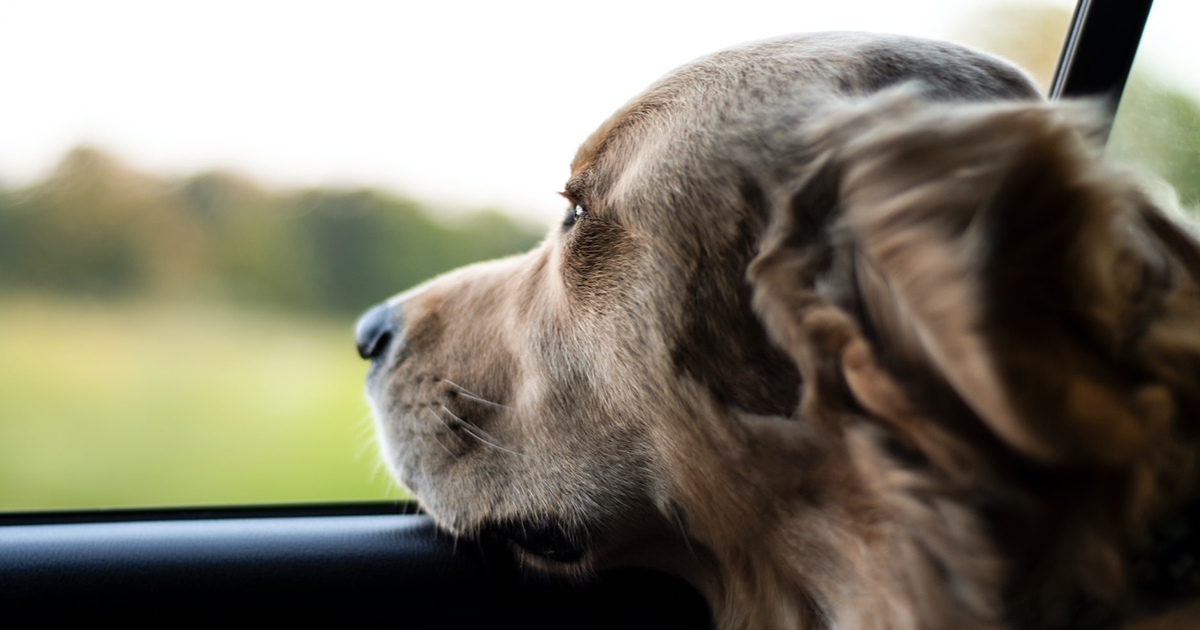Traveling With Furry Companions: A Guide To Pet-Friendly Adventures

Embarking on a journey with your four-legged friend can be a delightful experience, adding an extra layer of joy and companionship to your travels. Whether you're planning a road trip, flying to a distant destination, or exploring pet-friendly accommodations, there are essential tips to ensure a smooth and enjoyable adventure for both you and your pet.
Pre-Travel Vet Check: Ensuring Good Health
Before hitting the road or boarding a flight, schedule a comprehensive vet check-up. Discuss your travel plans with the vet, ensuring your pet is physically fit for the journey. Confirm that vaccinations are up-to-date and inquire about any specific health considerations for your destination. Obtain a health certificate and copies of vaccination records, especially if you're crossing state or international borders.
Additionally, pack a small first aid kit for your pet, including any prescribed medications, bandages, and antiseptic wipes. Having these essentials on hand can address minor health issues
Identification Is Key: Microchipping And Tags
Accidents can happen, and pets might get lost during travel. Make sure your pet has a secure collar with an ID tag containing your contact information. Additionally, consider microchipping your pet for an extra layer of identification. Register the microchip and update your contact details before embarking on your trip.
It's also wise to include temporary identification on your pet's carrier or crate. Attach a label with your name, phone number, and travel itinerary. In case your pet is temporarily separated from you during the journey, having clear identification on both the pet and the carrier increases the chances of a swift reunion.
Practice Makes Perfect: Familiarizing Your Pet With Travel
Help your pet acclimate to the travel experience gradually. For road trips, start with short drives and gradually increase the duration. Create positive associations by offering treats, toys, or even a cozy blanket in the car. For air travel, introduce your pet to their carrier in a calm environment, allowing them to explore it at their own pace. Consider using pheromone sprays or calming collars to reduce anxiety.
If your pet tends to experience motion sickness, consult with your vet for appropriate remedies. Some pets benefit from natural supplements or medications that can ease nausea during travel.
Choose Pet-Friendly Accommodations: Where To Rest Paws
Research and book accommodations that openly welcome pets. Before confirming your reservation, verify the pet policy, including any additional fees or restrictions. Look for places that offer pet-friendly amenities such as designated walking areas, pet-sitting services, or nearby parks. Many hotel chains now cater specifically to pet owners, providing a comfortable and welcoming environment for both you and your furry companion.
When checking into your accommodation, inform the staff that you have a pet and inquire about any specific guidelines they may have. Respect the rules to ensure a positive experience for everyone.
Pack The Essentials: Pet Travel Kit
Creating a well-thought-out travel kit for your pet ensures you have everything they need for a comfortable journey. Pack your pet's regular food and treats, ensuring you have enough for the entire trip. Bring collapsible bowls for food and water, and consider portable water purifiers for hikes or outdoor activities.
Include familiar items such as your pet's favorite toys, blanket, or bed to provide a sense of security. Don't forget waste bags for responsible pet ownership during walks. Having a dedicated bag for your pet's essentials makes it easy to access and organize items throughout the trip.
Comfort On The Go: Choosing The Right Carrier
Invest in a carrier that prioritizes your pet's comfort and safety. For air travel, choose a carrier that meets airline regulations and provides adequate ventilation. Familiarize your pet with the carrier by placing treats, toys, or bedding inside. Gradually increase the time your pet spends in the carrier at home to build positive associations.
Consider adding a familiar item with your scent, like a worn T-shirt, to the carrier. This can provide comfort and reassurance to your pet during the journey. Ensure the carrier is securely fastened in the car or on the plane, minimizing movement and stress for your pet.
Plan Pet-Friendly Activities: Tailoring The Itinerary
Research the pet-friendly attractions and activities available at your destination. Many cities offer pet-friendly parks, beaches, and outdoor spaces where your pet can play and explore. Plan breaks during your journey to allow your pet to stretch their legs, sniff around, and enjoy some exercise.
Before heading out, check local regulations and guidelines regarding pets. Some places may have leash laws, while others may require pets to be fully vaccinated. Being aware of these details ensures a positive experience for both your pet and those around you.
Hydration Matters: Keeping Pets Watered
Maintaining proper hydration is essential for your pet's well-being, especially during travel. Bring a water bottle and a collapsible bowl for on-the-go hydration breaks. Familiarize your pet with drinking from the portable bowl before the trip to ensure they are comfortable with it.
Be mindful of the water quality at your destination. If your pet is used to a specific type of water, consider bringing some from home or gradually transitioning them to local water a few days before the trip. Staying vigilant about your pet's hydration helps prevent dehydration, particularly in warmer climates.
Safety First: Securing Pets In Transit
Whether you're driving or flying, prioritize your pet's safety during transit. Use seat belts, pet barriers, or travel crates in the car to prevent accidents or injuries. If flying, follow airline guidelines for securing your pet's carrier, and opt for direct flights when possible to minimize travel time.
For road trips, plan regular breaks to allow your pet to relieve themselves and stretch their legs. Secure the carrier or crate in the car to prevent it from shifting during sudden stops or turns. Familiarize yourself with pet travel safety guidelines and adhere to them for a secure and stress-free journey.
Be Mindful Of Weather: Temperature Considerations
Extreme temperatures can pose risks to your pet's health. Check the weather forecast for your travel dates and plan accordingly. Avoid leaving your pet in a parked car, as temperatures can escalate quickly, leading to heat stress or cold-related issues.
Pack weather-appropriate gear for your pet, such as a cooling mat for warmer climates or a cozy blanket for colder weather. If traveling to a destination with extreme temperatures, consider adjusting your travel schedule to avoid the hottest or coldest parts of the day. Prioritizing your pet's comfort and safety in varying weather conditions ensures a positive travel experience.
Final Thoughts: Cherishing Every Paw-step
Traveling with a pet requires thoughtful planning, but the rewards of shared adventures and the unconditional companionship make it all worthwhile. By prioritizing your pet's comfort, safety, and well-being, you can create lasting memories together. So, pack those treats, secure that leash, and embark on a journey filled with wagging tails and happy memories.


















